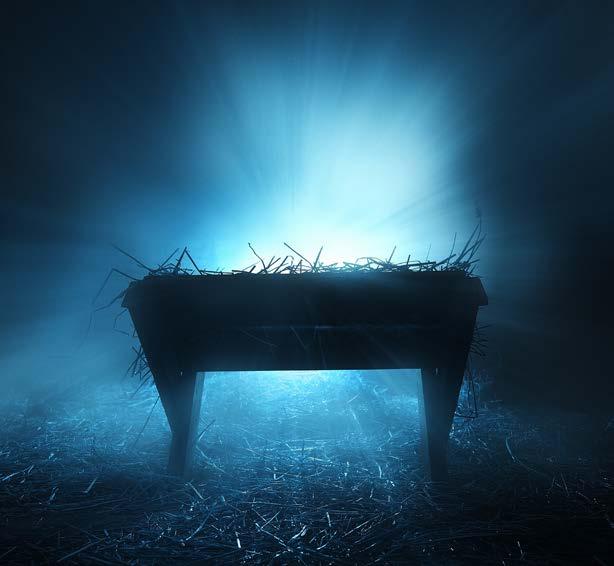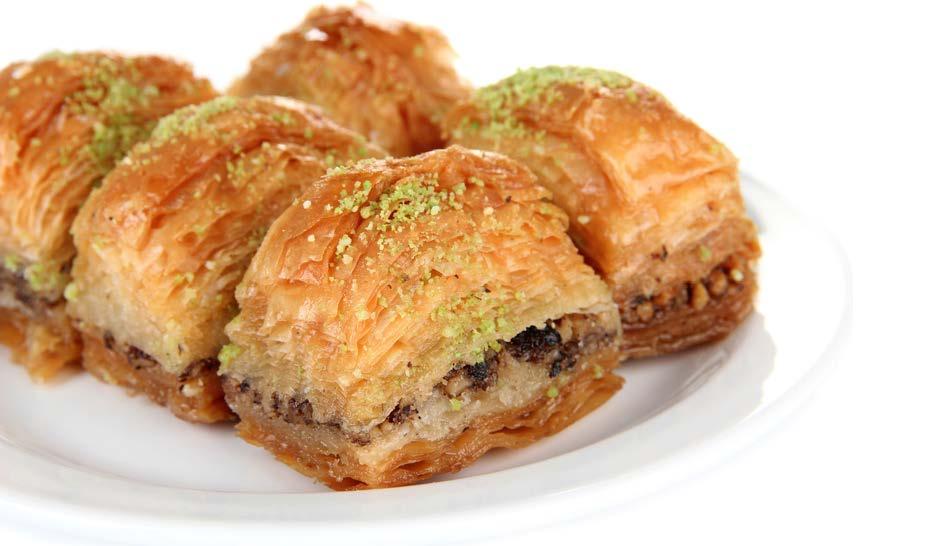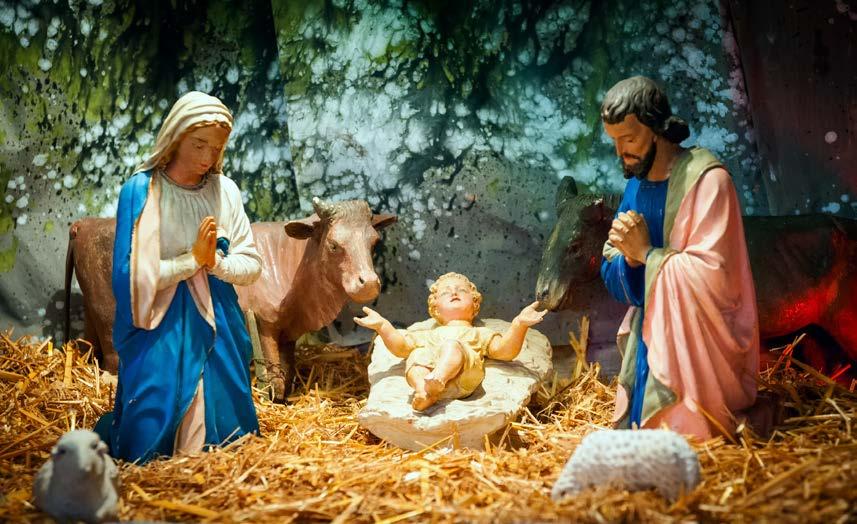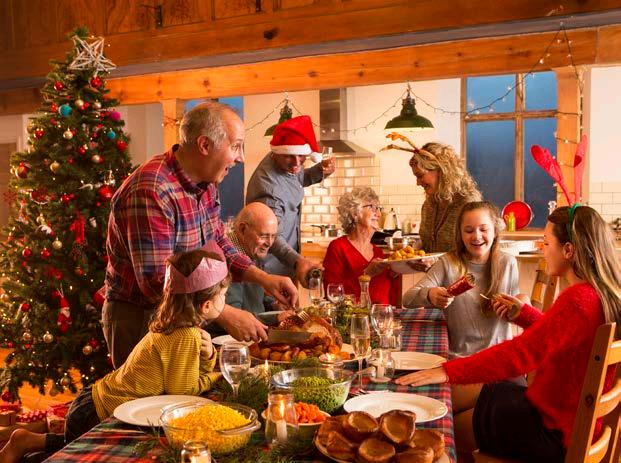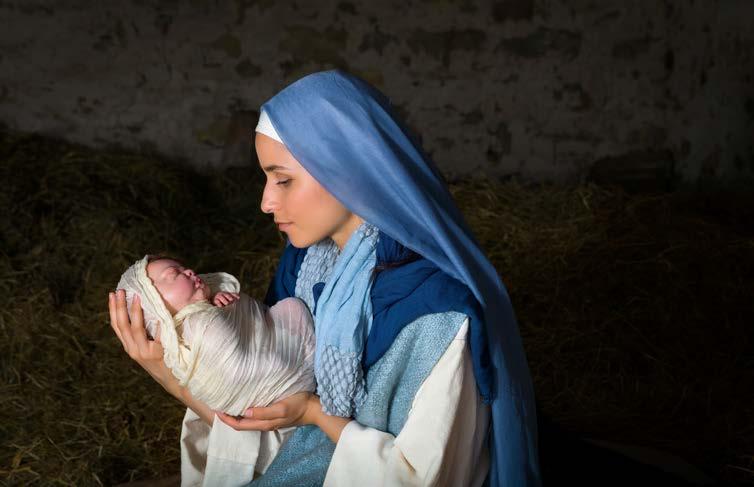Gò0dNews for your Taste Buds
Baklava
A
by Deana Thompson
n infant in a manger. A mother’s face etched with love. A father protectively standing near. A shepherd looking on in awe. Three richly dressed men kneeling
with gifts outstretched. Throw in a bright star and perhaps an animal or two, and you have the nativity scene as St. Francis of Assisi began it in 1223. St. Francis wanted to help people recollect the events surrounding Jesus’ birth as if they were in Bethlehem. He wanted to remind them—almost 800 years ago—that the true meaning of Christmas was not the gifts but the Gift: Jesus. A few years ago, that nativity scene took on a whole new
Ingredients • 4 c. (1 lb.) chopped walnuts • 1 tsp. ground cinnamon
• 1 16-ounce package phyllo dough, thawed • 1¼ c. unsalted butter, melted • 1 c. water
• 1 c. honey
• ½ tsp. pure vanilla extract • 1 tsp. grated lemon zest
meaning for me. I was reading John 10 one day, and verse 10 leaped off the page: “I have come that they may have life, and that they may have it more abundantly.” Although Jesus said this about six months before His death, on that particular day, the nativity scene of His birth came to mind: Jesus, lying in a manger as a newly created human, so that I “may have life.” And not just the struggling, draining, eking-out-each-day-asbest-as-I-could life. It was life “in abundance,” true life oozing from every pore of my body. Yes, Jesus came as our Savior so we could be washed clean from our sins and spend eternity with Him. Yes, Jesus came as our Messiah, the anointed King, so we could have authority over “the rulers of the darkness of this age” (Ephesians 6:12). But Jesus also came that we may have real life in abundance. So for me, the nativity is not just a gateway to the cross. It is also an entrance to a life lived to the fullest.
Instructions 1. Butter a 9x13” baking dish.
2. In a small bowl, toss together the nuts and cinnamon. Set aside.
3. Carefully unroll one of the phyllo rolls and begin assembling the baklava. (If you work rather quickly, you will not need to cover the phyllo with a damp cloth to keep it from drying out.) a. Place two sheets of phyllo in the bottom of the prepared dish.
b. Using a pastry brush, brush gently but generously with the melted butter.
c. Sprinkle 2 to 3 tablespoons of the nut mixture on top of the butter. d. Repeat layers (using the second roll of phyllo when the first one is finished) until all the ingredients are used, ending with 6 or more sheets of phyllo on top.
4. Preheat the oven to 350F. Using a sharp knife, divide the baklava into two long rows (cutting all the way through to the bottom of the dish). Then, cut across into four short rows. Then, cut across the squares diagonally to make 16 triangles. 5. Bake for 50 minutes until golden and crisp.
6. While the baklava is baking, combine water and honey in a small saucepan over medium heat and bring to a boil. Stir in vanilla and zest. Reduce heat and simmer 20 minutes.
7. Remove the baklava from the oven and immediately pour the syrup over it. Let it cool completely before serving. Store uncovered.
34 // December 2020




